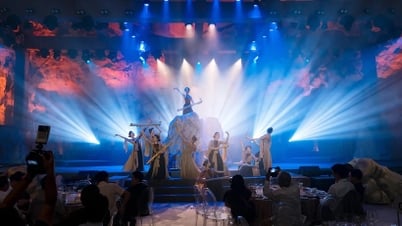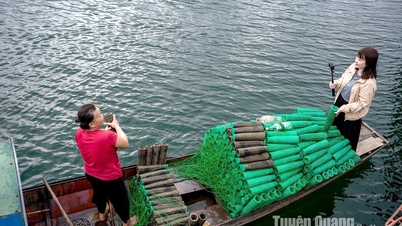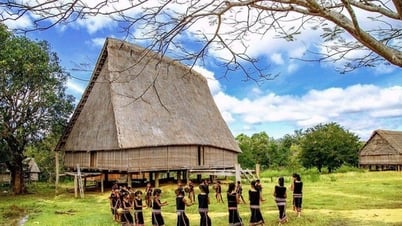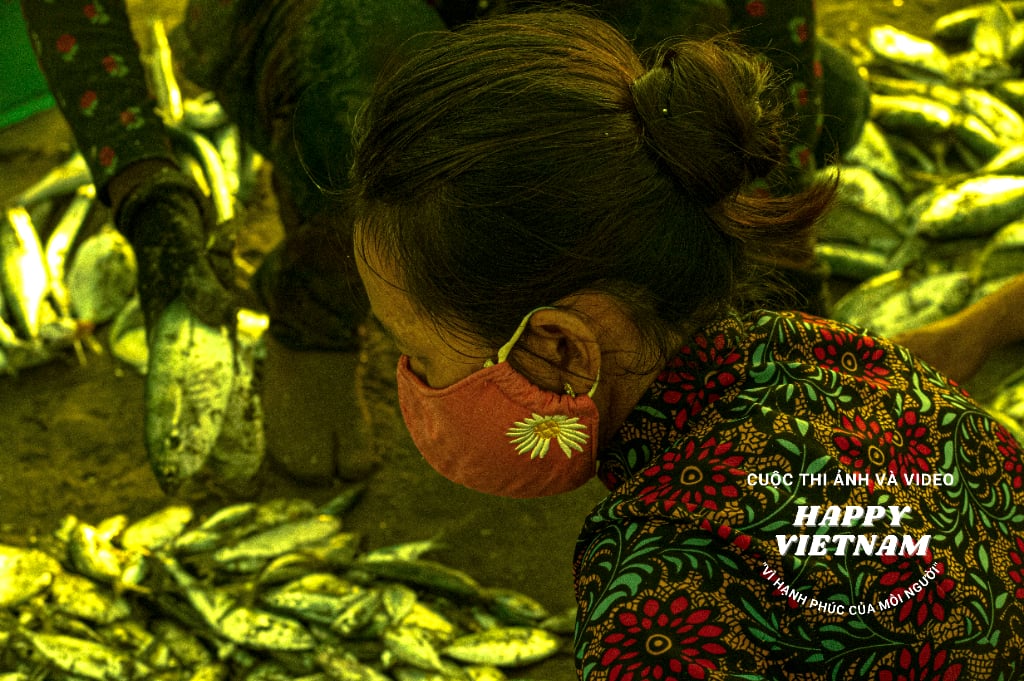
Thessaloniki is a place where past and present “live” together.
The past on every street corner
Thessaloniki is located on the north side of the Thermaic Gulf, at the foot of the majestic Chortiatis Mountains. The port city is divided into three parts. The northwestern part of the city is within the ancient Byzantine city walls. This is where the world- famous Upper Town (in Greek, “Ano Poli”) is located. The center of Thessaloniki contains most of the population and commercial and entertainment activities. The southeastern part of the city has beaches mixed with a few villages and towns.
Most of the streets in Thessaloniki run parallel to the coastline. There is a simple rule that visitors to Thessaloniki should remember: if the street slopes downwards, keep going in the direction that will lead you to the sea.
Most tourists start their journey to explore Thessaloniki from Aristotelous Square - designed by French architect Ernest Hébrard in an architectural style that combines ancient Byzantine elements with contemporary European elements. The square overlooks the poetic sea; in the evening, Thessaloniki people flock here to enjoy the breeze and performances by domestic and foreign artists. Aristotelous is a place that regularly organizes concerts, film screenings, circus performances, fairs...
Travelers from Aristotelous continue east along the sea to the White Tower, the symbol of Thessaloniki. After the Ottoman Empire conquered Thessaloniki in the 15th century, they built the tower along with the city walls to protect the city. At that time, this structure was called the "Tower of Blood" because the Ottomans imprisoned and executed prisoners here. Legend has it that in 1980, a prisoner in order to be pardoned tried to paint the tower white from top to bottom. Since then, the tower has been called the White Tower.
Standing on top of the White Tower, visitors have the opportunity to admire the panoramic view of the city and the Aegean Sea, which has been written about in ancient poetry thanks to its romance. Inside the tower is a small museum, displaying ancient relics from the Byzantine and Ottoman periods.
Thessaloniki’s landscape is dotted with ancient ruins. One of the most prominent is the Arch of Galerius, or Kamara as it is known to the locals. The arch was built in the 4th century to commemorate the Roman emperor Galerius’ victory over the Persians. The marble structure features carvings of Galerius’ battles, interspersed with illustrations of ancient Greek myths and legends. The Arch of Galerius was declared a UNESCO World Heritage Site in 1988.
Nearby Kamara is another World Heritage Site: the Rotunda. It was originally built by Emperor Galerius, along with the Galerius Gate. The emperor wanted to be buried in the Rotunda, but changed his mind and moved his tomb to Gamzigrad, Serbia. Emperor Theodosius I later converted the Rotunda into a Catholic church, and in 1591 the Ottoman Empire converted it into a mosque. It wasn’t until 1912, when the Greeks recaptured Thessaloniki from the Ottomans, that the Rotunda became a church again. The structure has endured several earthquakes and has undergone lengthy restorations. Inside the Rotunda, visitors will see Roman carvings alongside Persian tiles and frescoes by the late British artist Alexander Rossi.
Thessaloniki is not short of centuries-old churches. One of the most notable is the Church of Saint Demetrius, a World Heritage Site built in the mid-seventh century. Thousands of Orthodox pilgrims still make annual pilgrimages to the church to pray and see the relics of Saint Demetrius. The building is also a prime example of the architectural style popular during the height of the Byzantine Empire.
The Hagia Sophia in Thessaloniki is one of the oldest churches in Europe. Regardless of which empire Thessaloniki was under, the rulers always showed respect for this religious structure. Thanks to that, the Hagia Sophia still retains many ancient architectural features and historical artifacts.
Festival City
The best place to enjoy the nightlife in Thessaloniki is the pedestrianized Egiptou street. It is full of cafes, bars, discos and restaurants. Young people studying at the universities around Egiptou come here in the evening. For a more intimate experience, tourists can visit Karipi street or the village of Agios Pavlos near the beach of the same name. Locals often come here to enjoy dinner and watch the Gypsy musicians perform.
Every weekend, Thessaloniki becomes one big “party”. Many families and neighbourhood groups hold outdoor parties, and they are willing to invite guests from far away to join them. On major streets like Nikis, people eat, drink, sing, and dance as if the sky is falling. Whether visitors choose to join the crowd on the street or find a corner in a bar to watch people having fun, you will surely have an unforgettable memory.
Source








































































































Comment (0)